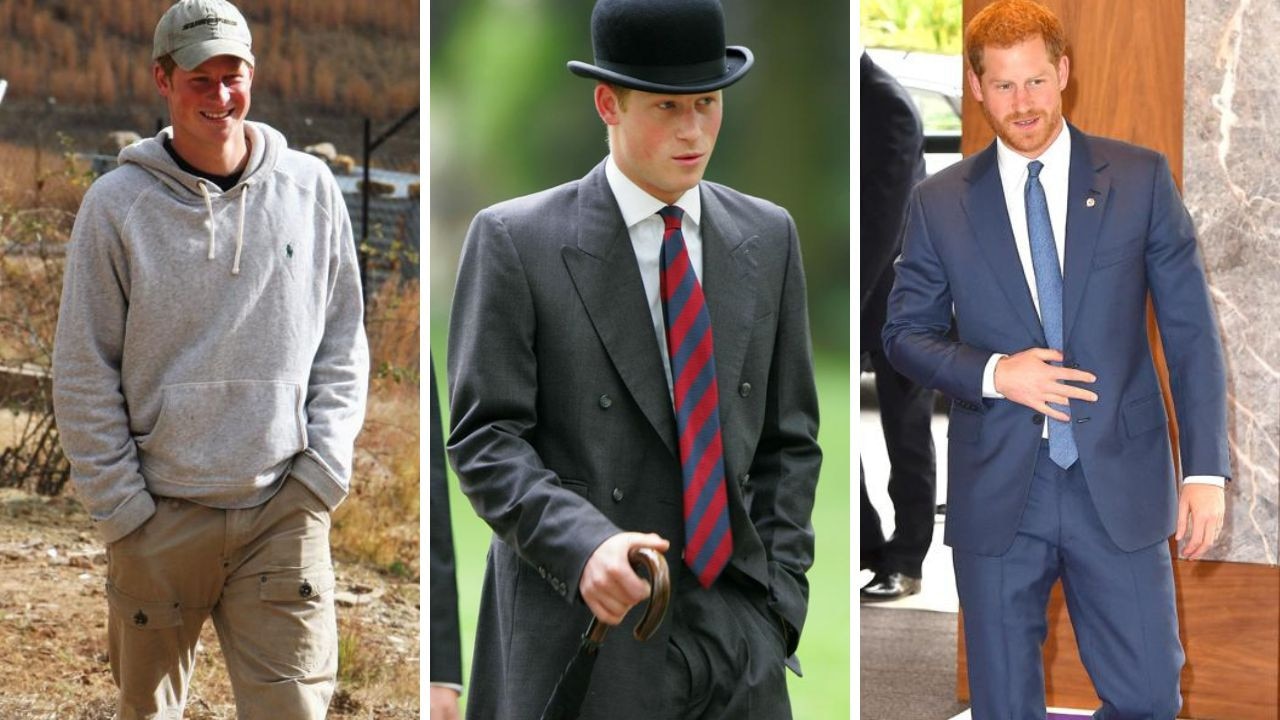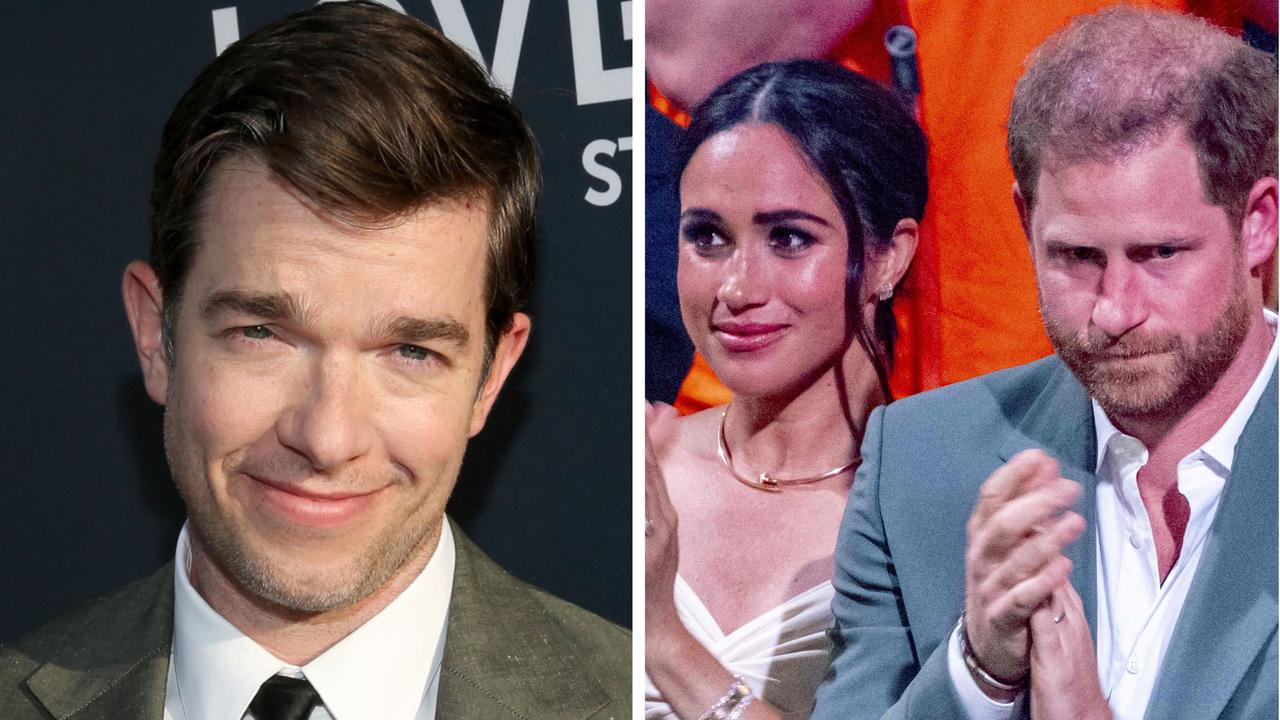Princess Elizabeth and Prince Philip’s wedding had an Australian flavour hidden in their cake
Long before modern weddings of Wills and Kate and Harry and Meghan, the Queen’s marriage to Prince Philip had its own special Aussie touch.
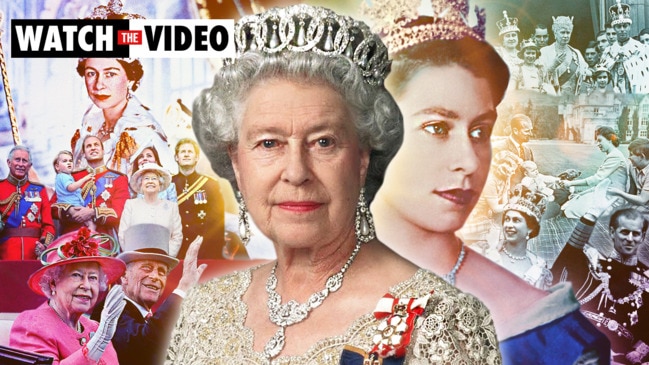
Royals
Don't miss out on the headlines from Royals. Followed categories will be added to My News.
The crowd roared in jubilation as the glamorous young newlyweds Princess Elizabeth and The Duke of Edinburgh emerged from Westminster Abbey and climbed into the Glass Coach for their journey back to Buckingham Palace.
Elizabeth beamed and waved and Philip tenderly held her arm as he travelled into his new life and role alongside the woman he loved.
It was a royal wedding like no other – a glimmer of joy and hope after the devastation of the Second World War. Britain was about to be plunged into one of the coldest winters on record, but on that day – November 20, 1947 – the weather was mild.
The couple was seen as young and dynamic, set to take the Royal Family into a modern era.
People wanted change, hope, progress, after experiencing the horror and losses of the war and Elizabeth and Philip were their figureheads.
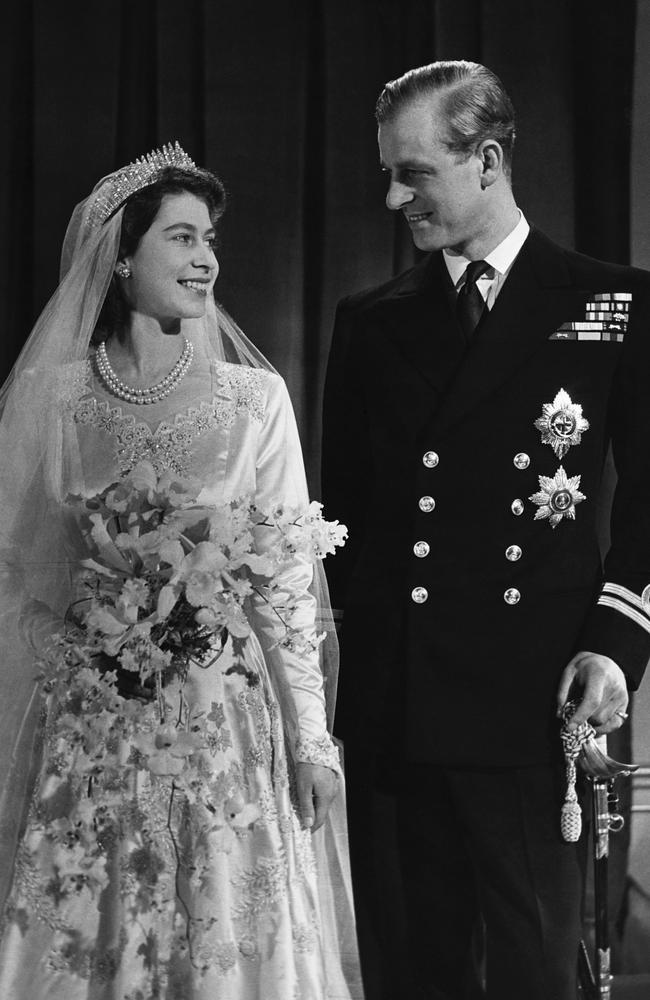
Little did anyone, not least the couple themselves, realise how fast they would be expected to spearhead that change. As they processed out of the Abbey on that autumn day, both of them expected they would be in their fifties before Elizabeth would have to fulfil her destiny and take the throne.
Like the couple, the wedding itself was groundbreaking, for not only were cameras allowed in the Abbey, later broadcasting film footage into cinemas around the world, but Elizabeth had chosen her own husband.
“Once only in 1100 years of kingship has there been such a day, an heiress presumptive to the throne marries the man of her choice. History is in the making,” solemnly declared the announcer on the 1947 newsreel The Princess Weds.
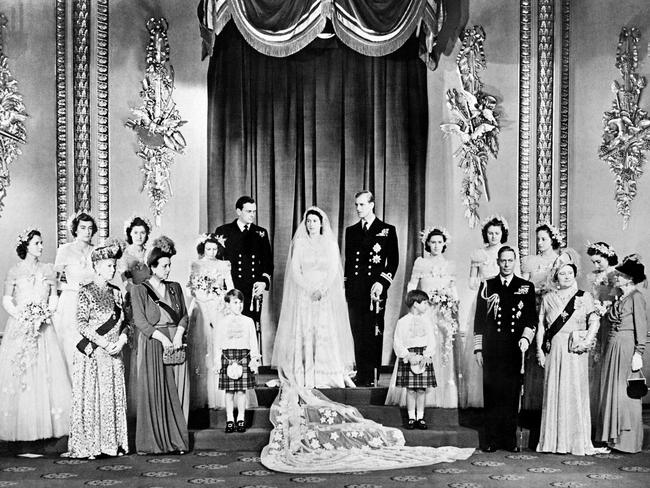
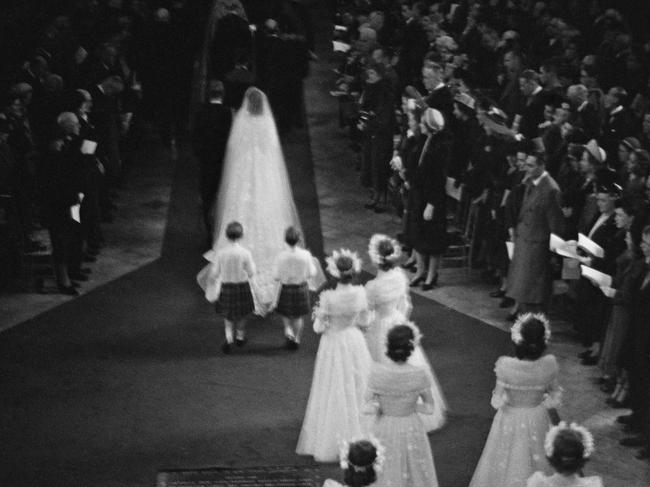
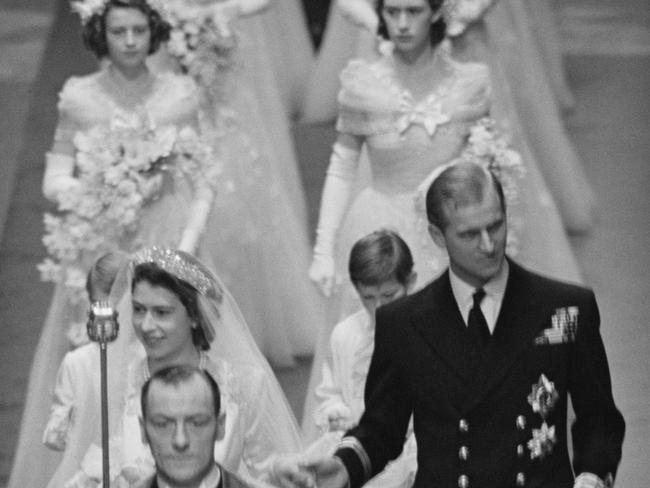
Ironically, choosing their own spouse would be something that would not work out so well for Elizabeth and Philip’s future children.
Despite initially planning a private wedding, the Royal Family and, eventually, the government, decided a day of celebration might just be what the public needed. Much was made of the bride using clothing coupons for her ivory silk Norman Hartnell dress and the Australian Girl Guides even sent ingredients to be used in the Queen’s 2.7 metre wedding cake.
However, the day was full of splendour with 2000 guests attending the service, including royalty from a recently-fractured Europe.
Prince Philip’s sisters, who had married German princes, were left off the guest list, being so soon after the war.
Gifts poured in from all over the globe, including foodstuffs weighing some 900,000 kilos, such as 500 cases of tinned pineapple from Queensland and hampers were subsequently distributed to the needy.
The presents – including a sewing machine and fridge – were put on display in St James’s Palace and people queued to view them for months.
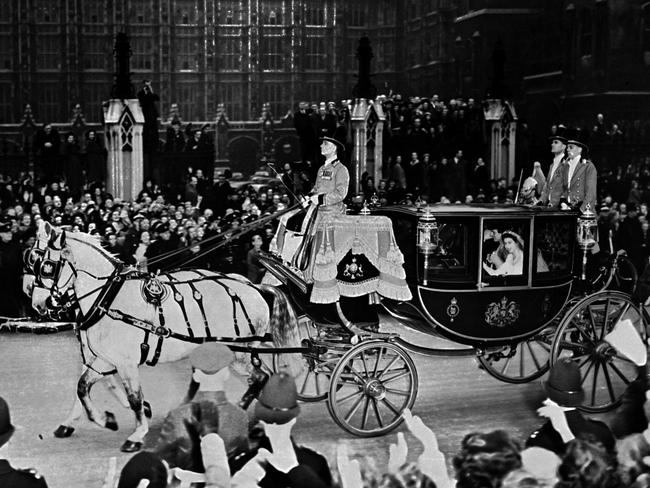
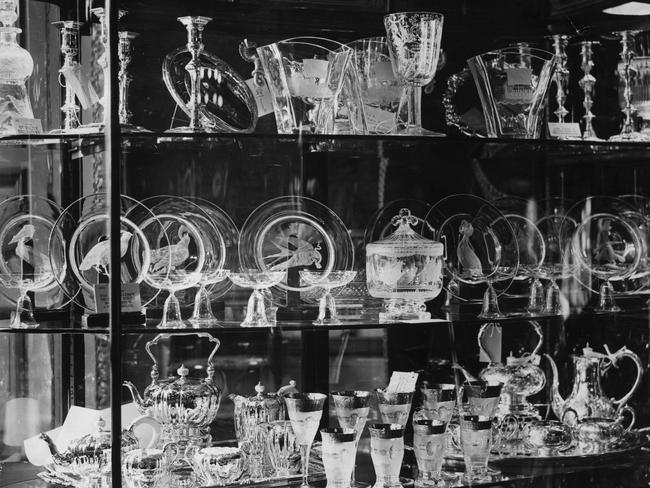
On the day itself, thousands of people slept on the street to secure a good vantage spot and 200 million people around the world listened to the ceremony on the radio.
They were enchanted by the calm and poised princess in her beautiful gown, inspired by Botticelli.
“No fairy princess could have been more lovely than this young girl in her bridal beauty,” wrote Elizabeth’s cousin Princess Marie Louise.
The only person who wasn’t happy, was the father of the bride, who had struggled with his daughter marrying so young and was moved to tears during the signing of the register.
At the reception, he could not make a speech and simply raised a toast “to the bride,” and later wrote to his daughter that as he gave her away, he “felt he had lost something very precious.”
After a reception at Buckingham Palace, Elizabeth and Philip – and her corgi Susan – set off on honeymoon, first to Broadlands in Hampshire, but after being besieged by the public trying to get a glimpse of them, they moved to Birkhall on the Balmoral Estate.
Nothing diminished Elizabeth’s joy at her new life and she was profoundly moved by the outpouring of affection from the public.
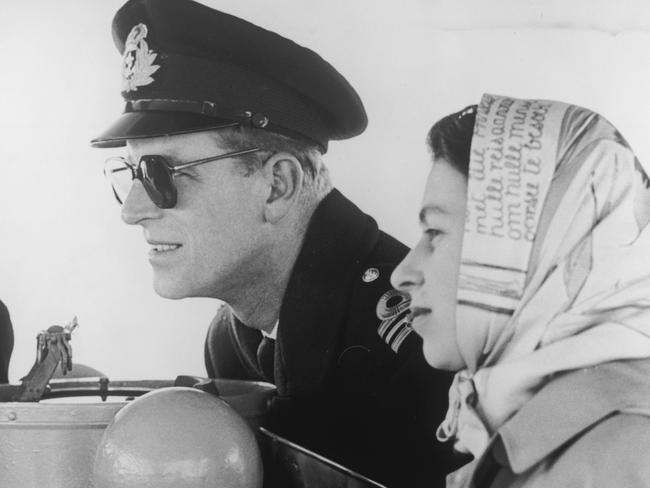
“It is lovely to think that your happiness has made millions happy too in these hard times,” she wrote.
“Wedding mania was slow to subside: Elizabeth would remain the fairy-tale princess of that vivid November pageant for years to come,” says biographer Matthew Dennison.
“So often she had been associated with spring: in her marriage she seemed to embody for willing millions a springlike spirit of renewal and rebirth, a pennant of hope,” he writes in The Queen.
Elizabeth had enjoyed a loving childhood and this formed the basis of her own life as a wife, mother and soon-to-be monarch. When she gave birth to Prince Charles in 1948, the pair were enraptured by their baby boy and the young family enjoyed their new home in
Clarence House.
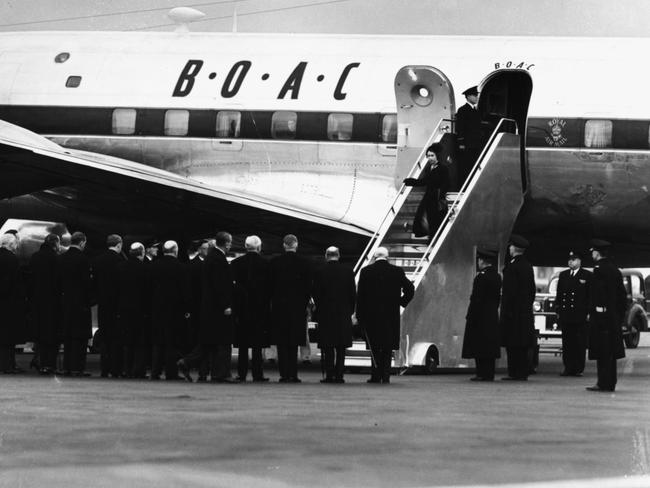
When Philip returned to the Royal Navy and was stationed in Malta Elizabeth would travel back and forth visiting him, later describing her time on the island as full of “happy days”.
However, their newlywed idyll was not to last, as her father’s health began to decline. It was while in Treetops Hotel, Kenya that unbeknown to the princess, her beloved father, George VI, died in his sleep on February 6, 1952 and Elizabeth was now Queen.
“The circumstances of her accession, once known, seemed to add another fairy-tale detail to her already fabled existence” writes Dennison, “the young woman who climbed a tree a princess and descended it a queen.”
It was Philip who informed his wife of her destiny, as they walked in the grounds of Royal
Lodge. Her private secretary Martin Charteris later recounted the Queen “fully accepted her destiny”.
When he asked her what name she would take as monarch, she said, “My own of course.”
Originally published as Princess Elizabeth and Prince Philip’s wedding had an Australian flavour hidden in their cake


